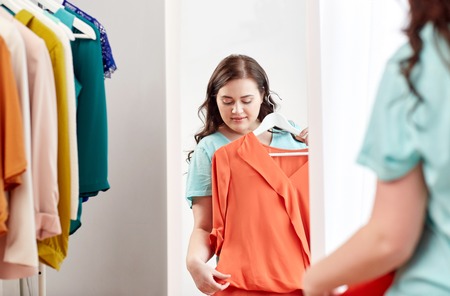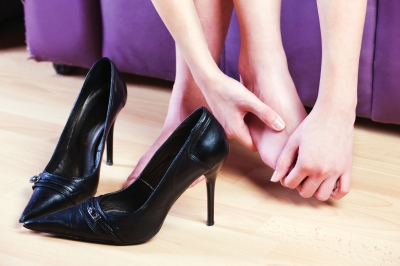Professional Dress for Women

Everywhere you go, you leave an impression. Often, that impression is related to your clothing because it's usually what people see first.
While working, interviewing, or representing your business away from the office, your level of professionalism is assumed from the way you are dressed.
Your clothing should be comfortable, but it's also wise to invest in garments that best fit your body shape. Always present yourself as clean, neat, and pressed. And don't forget, your shoes are part of your wardrobe, too. They should be polished and unscuffed.
Dealing with Dress Codes
Most companies have a dress code in place to ensure employees represent the company culture appropriately. They understand the importance of a perceived level of professionalism.
However, some employees feel these type of policies infringe on their individuality. But there is a way to balance it out.
If you are required to wear a uniform, suit, or otherwise have limitations on the type of garments you are allowed to wear, try using accessories or jewelry to reflect your individual style. In a very conservative professional environment, you can add a little pop by purchasing your black, navy, and gray suits with ruffled accents on collars or sleeves. Also, look for jackets with unique collar styles.
Just make sure you know the rules of the dress code well, so you never have to worry about being accused of breaking them.
If there is no dress code? Observe what your boss or supervisor wears and let that serve as your barometer. And don't be afraid to go a level higher in your professional dress if a superior doesn't meet your personal standard.
Your Professional Dress Checklist
It's so easy to fall into the trap of thinking a bigger wardrobe will serve you better. Find tips on how to simplify, and still dress professionally, at Project 333.
- Work dresses are not too tight, too short, or too low-cut.
- Try buying jackets, pants, and skirts that you can mix and match with a variety of tops and blouses. This makes for a more economical wardrobe.
- Buttoned-up shirts or pull over shells are the traditional pairings for a business suit.
- Any neckline is fine as long as it doesn't reveal too much cleavage. Bare shoulders and midriffs are not advisable.
- Wear clothing that doesn’t need to be pulled, tugged or lifted when sitting or standing. Try this "too short" test: sit in from of a mirror and notice what is showing. (Only cross your legs at the ankles when sitting. This rule is for men, too.)
- The length of your jacket or blazer sleeves should end at your wrists and should not extend down over your hands.
- The hem or cuff of your trouser pants should hit no higher than at the midway-point of your heels or flats.
- Avoid sheer blouses.
- Make sure your hosiery is clean with no snags or runs.
- Your shoes are polished and unscuffed, the heels are clean and not too worn.
- If ever in doubt, err on the side of over-dressed rather than under-dressed.
- Trends come and go; choose pieces that have style and which go further than fad.
For Business Casual Environments
A business casual workplace can easily turn into a Catch 22 for professional looks.
An array of skirts, pants, and tops are all you need for this type of dress code. But don't fall into the trap of dressing exclusively for comfort. The balance of comfort and style is still necessary if you want to present yourself in a professional manner.
Use accessories and jewelry to your advantage. They easily turn a drab outfit into a stylish one.
When Interviewing
It is still the standard to wear suits for interviewing. You just can't go wrong with this traditional business attire!
Always try and find out a little about the company culture before you arrive for your interview. This will confirm not only that you are dressed appropriately, but that you otherwise present yourself well and with confidence.
If you can't seem to find enough information to make a confident choice on what to wear, ask the person who contacted you for the interview. Knowing ahead of time allows for preparation and should help keep you at ease.














